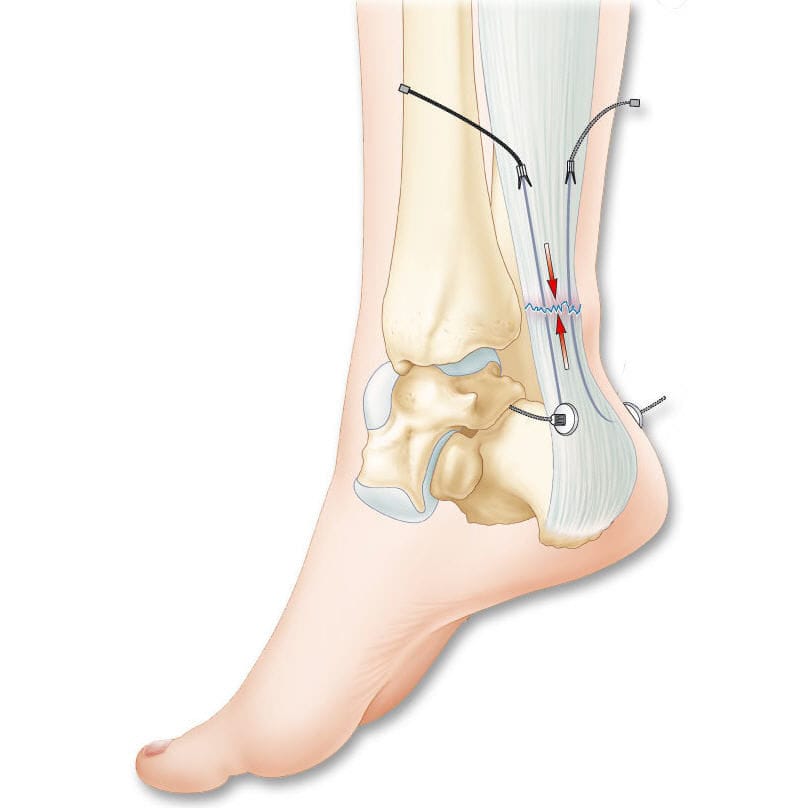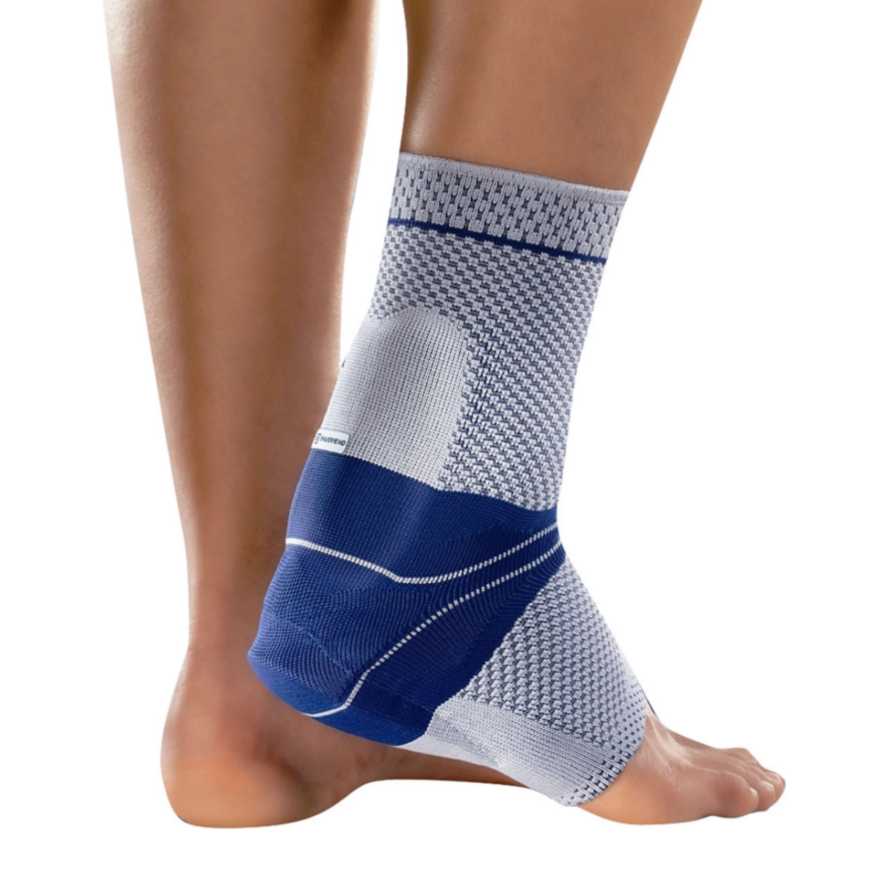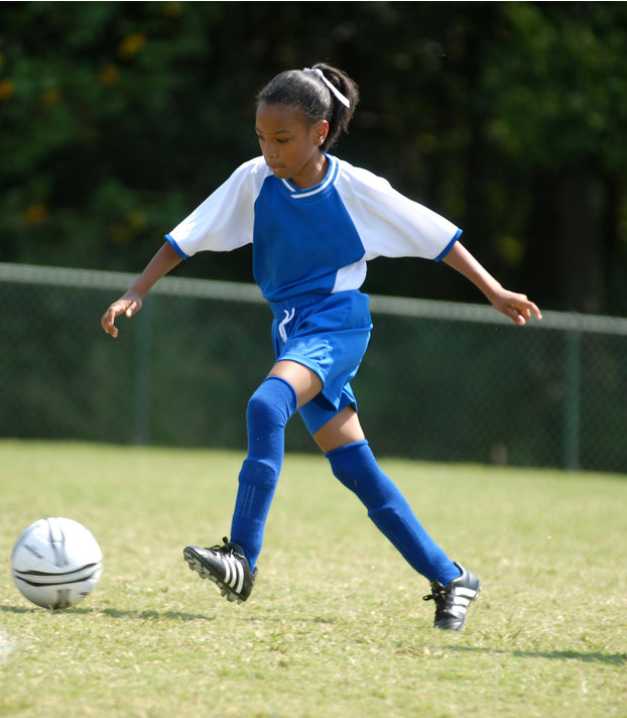Do you require any assistance? Simply reserve your appointment online below
Achilles Tendon Rupture and Degeneration
Comprehensive Bone and Joint Treatment for you
The Achilles tendon, the largest and strongest tendon in the body, is a fibrous cord that connects the muscles in the back of your calf to your heel bone and helps control the foot when walking and running.
The tendon is subject to a load stress two – four times body weight during normal walking and up to eight times body weight when running, therefore, regaining normal Achilles tendon function is critical.
Achilles tendon rupture is an injury that generally occurs in individuals in their 30’s and 40’s which affects the back of your lower leg due to a partial or complete break in the tendon. It also Occurs in the unconditioned individual who sustains the rupture while playing sports, or perhaps, from tripping.

Symptoms of Achilles Tendon Rupture and degeneration

It is rare to have no signs and symptoms with an Achilles tendon rupture, but it is possible. Most people experience the following symptoms:
Sensation that someone or something has hit the back of the calf muscle
Sudden pain
Pain when walking
Weakness in the leg, which is particularly noticeable when trying to push off while walking and there is not sufficient strength to do so
Feeling like the back of the leg or heel was “struck by something” at the time of injury
Mild or severe pain and swelling near the heel
An inability to stand on the toes of the injured leg
Prevention of Achilles tendon rupture and degeneration
You can help keep your Achilles tendon in good health by warming up before any weight-bearing activity and cooling it with ice afterwards.
Athletes should take the following steps to prevent Achilles tendon injury:
Don’t take on too much too fast. Increase the intensity and difficulty of an exercise program gradually so as not to strain your Achilles.
Use appropriate footwear. The more arch support, the less strain there is on the heel and associated muscles.
Stretch. Make sure to stretch your Achilles tendon and calf muscles before and after exercise, to keep them loose and reduce the risk of injury.Exercise in advance to improve your fitness if you’re going to take part in a seasonal sport, maintain a healthy weight so as not to increase pressure on muscles and tendons
Maintain a healthy weight so as not to increase pressure on muscles and tendons, wear shoes that are appropriate for your activity,
Diagnosing Achilles Tendon rupture and Degeneration
The diagnosis of an Achilles tendon rupture can be made easily by an orthopedic surgeon. The defect in the tendon is easy to see and to palpate.
The physician will examine the lower leg for any swelling or tenderness. In many cases, the physician might notice a significant defect or be able to feel a gap in your tendon, especially if it has ruptured completely.
The main test to detect a full Achilles tendon rupture is the Thompson test which examines the integrity of the Achilles tendon by squeezing the calf. The patient lies on his/her stomach with the feet hanging over the end of the exam table. The physician will then squeeze the calf muscle to see if the foot automatically flexes; if it does, the Achilles tendon is intact, however, if it does not move, it’s probably ruptured.

Treatment of Achilles Tendon Rupture and Degeneration

Achilles tendon ruptures can be treated non-operatively as well as operatively and there are advantages and disadvantages to both approaches. Treatment typically depends on the patient’s age, activity level, and the severity of the injury.
In general, younger patients who are more active and have no major medical problems tend to choose surgery to repair a completely ruptured Achilles tendon, whereas older patients or patients with significant medical issues are more likely to opt for non-operative treatment.
Regardless of the approach taken, timely treatment of an Achilles tendon rupture is critical as a neglected Achilles tendon rupture can lead to other problems of the leg which can further lead to limb and joint problems.
This approach generally involves wearing a cast or a boot with wedges to elevate your heel with relative immobilization and limited or no weight bearing, allowing your torn tendon to heal.
The main advantage with a non-operative approach is that without an incision, the risks associated with surgery such as infection or proper wound healing is completely avoided. However, the risk of re-rupture is higher and recover can take more time.

You are in Great Hands
Operative treatment of an Achilles tendon Rupture
This approach involves making an incision in the back of the lower leg and suturing the torn tendon together. Depending on the severity of the rupture, the repair may be reinforced with neighboring tendons.
The main disadvantage of an open repair of the Achilles tendon rupture is the potential for a scar or improper healing resulting in an infection that is difficult to eradicate. However, physicians take strong measures to ensure a low risk of infection.
The advantages outweigh the risks as the rate of re-rupture is significantly lower, the recovery is much faster and the patients can usually experience complete return to normal range of motion.

Regardless of the treatment approach taken, patients go through a rehabilitation program which includes physical therapy exercises that are crucial to strengthen your leg muscle and Achilles tendon.
Each patient is unique, so the therapy program will vary based on his/her level of pain, extent of injury, and desired level of activity.
Typically, most patients return to normal activities within three to four months, however, athletic activities and the return of strength can take up to a year; this is something to discuss with the physician as well as the physical therapist.
